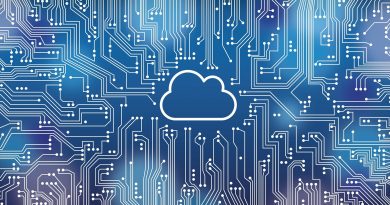Boosting Suricata with Next Gen Deep Packet Inspection
Intrusion Detection / Intrusion Prevention Systems (IDS/IPS) play an essential role in cybersecurity by detecting and blocking threats that have penetrated endpoint and perimeter defenses.
Open-source Suricata is one of the most widely deployed IDS/IPS, developed and maintained by the Open Information Security Foundation (OISF), a community-run non-profit foundation. It is used by enterprises and public organizations to protect networks, by consultants to provide cybersecurity services, and by vendors who build more comprehensive commercial cybersecurity solutions on top of Suricata.








